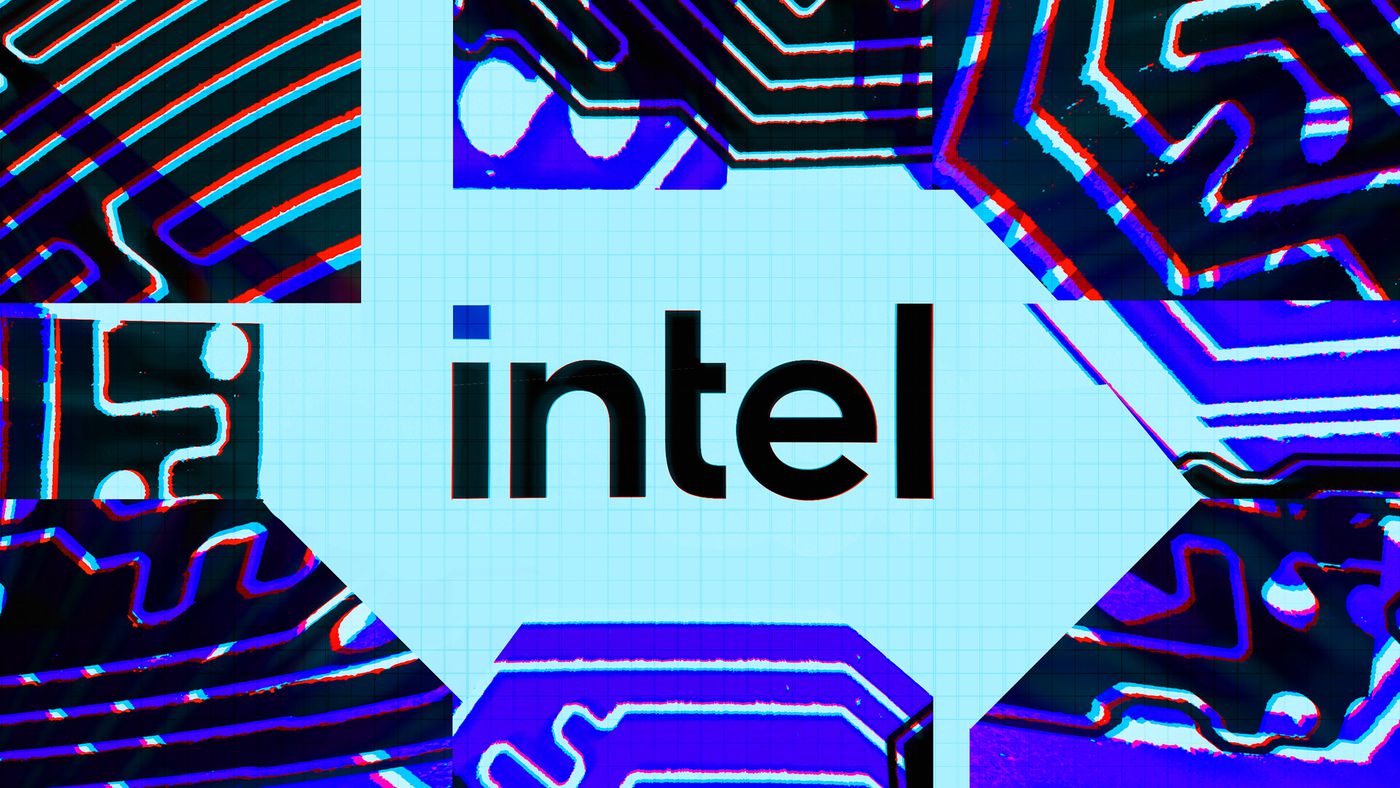Intel reported better-than-expected results in the first quarter of 2022 and raised its full-year forecast. At the same time, the processor giant registered a decline in profits and revenue, and sales in the division responsible for server products and solutions for the data center fell short of analysts’ estimates.
Why Is Intel Losing Money?
Intel net income 2022 amounted to $3.4 billion or 82 cents per share compared to $5.66 billion and $1.31 per share a year earlier. Including restructuring costs and other expenses, adjusted earnings were $1.39. A year earlier, the figure was at $1.45. Intel’s quarterly revenue was $19.7 billion. This is slightly less than last year’s result of $19.83 billion. The fall in sales on an annualized basis is recorded for the third quarter in a row.
Intel’s report provoked a sharp drop in the company’s shares on the NASDAQ stock exchange. According to the WCCFTech portal, the main reason for this was not a huge decrease in the company’s net profit – investors reacted negatively to a 20% reduction in Intel’s revenue in the server segment (the Data Center Group, DCG is responsible for it) compared to a year ago. The operating profit of this direction collapsed even more – by as much as 64%, stopping at around $1.3 billion.
Earlier in July, Intel said it would raise the prices of most of its microprocessors and peripheral chips in late 2022 amid a supply chain crisis and rising costs. The company noted that the price increase could affect its flagship products, including CPUs for servers and computers, as well as chips for Wi-Fi and other communications.
The Most Interesting Things to Know About Processors’ Production
Modern processors are one of the most complex devices manufactured by man. The production of a semiconductor chip is much more resource-intensive than, say, the construction of a multi-story building or the organization of the largest exhibition event. We decided to study the details of the production of processors and tell about them in this material.
Briefly, the process of manufacturing a processor looks like this:
- A single crystal of a cylindrical shape is grown from molten silicon using special equipment.
- The resulting ingot is cooled and cut into “pancakes,” the surface of which is carefully leveled and polished to a mirror finish.
- Then, in the “clean rooms” of semiconductor factories, integrated circuits are created on silicon wafers by photolithography and etching.
- After re-cleaning the wafers, laboratory specialists perform selective testing of processors under a microscope – if everything is OK, then the finished wafers are cut into separate processors, which are later enclosed in cases.
Companies such as Intel, AMD, and Nvidia do not publish circuit diagrams for their processors, so it is not possible to show similar complete circuit diagrams for modern processors. However, this simple adder will give you an idea that even the most complex parts of the processor can be broken down into logic and storage elements and then into transistors. When buying a ready-made device, we can turn it on in the store and check for operability and partially for the performance of functions. But with computer components, the situation is more complicated. A manufacturing defect or breakdown can only be detected by installing a spare part in a computer, which cannot be done in a store.
